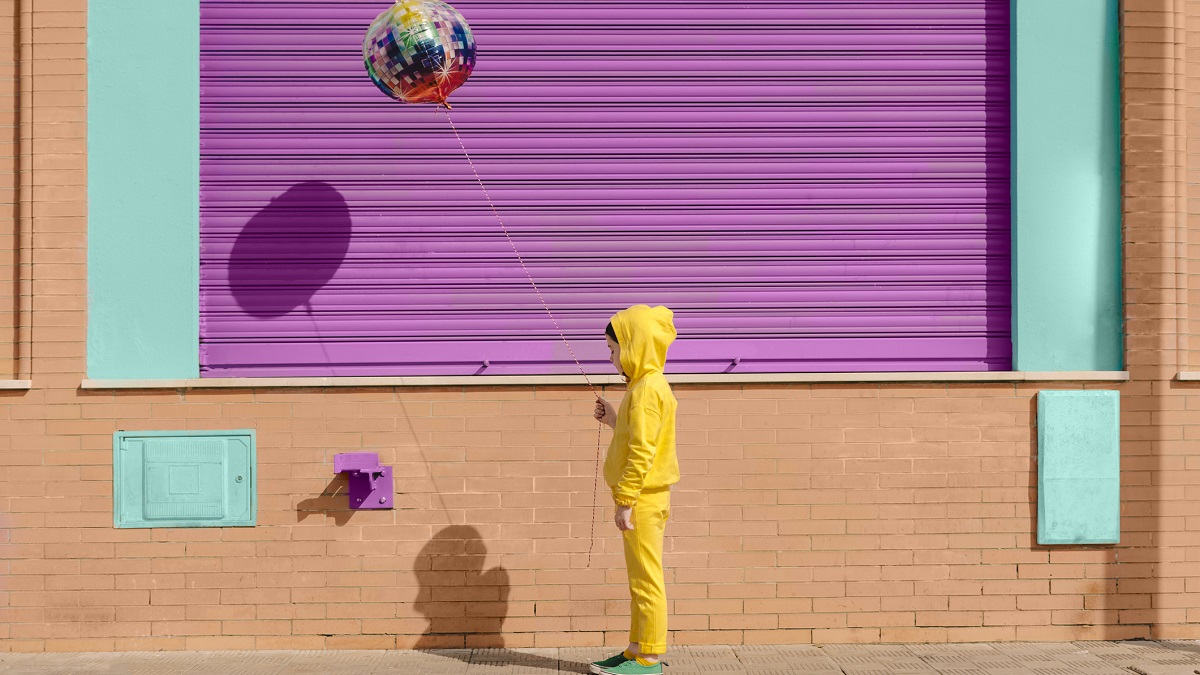
The customer is always right. Attributed to Harry Gordon Selfridge, among other prominent retailers of the early 1900s, this maxim has encouraged generations of businesses to grit their teeth and try to hold on to every last client, at practically any cost.
But is this really the most effective approach? After all, the slightly unpalatable truth is that most shoppers attracted by a company will not become loyal customers and/or long-term brand advocates. In fact, 91% of consumers who become dissatisfied with a product or service they receive from a company will simply stop buying them from it, rather than complain, according to research by 1st Financial Training Services.
First things first, it is good business to address complaints – and as quickly as possible.
“The best time to reach a customer to solve a frustration is immediately after you become aware of it. The worst time is when they’re at the door,” says Takunda Chikuku, project strategist at design agency Rehab. “Once you have validated that frustration and have the right solution to address it, you have to place this in front of their eyeballs.”
Even if your response doesn’t convince that particular customer to stay, the interaction still holds value, according to Benoit Soucaret, creative director for experience design in EMEA at ecommerce company LiveArea.
“It’s crucial that customer-service teams understand the true reason why customers get in touch and why they’re claiming that the product or service didn’t deliver the result they were expecting,” he says. “If they don’t see the value in the offering, it’s important to learn from such encounters as a basis for future interactions.”
Accepting the relationship is over – and moving on
Soucaret’s words are particularly relevant today, given that the reasons for customer dissatisfaction are becoming more complex. The value for money provided by a product or service is no longer the sole factor. According to a survey by customer-engagement specialist Ello, 20% of consumers would stop using a brand if they found out that it had been engaging in environmentally unfriendly practices, while 25% would do so if it emerged that the company was mistreating employees.
But, regardless of the type of complaint, there does come a point at which it’s time to consider whether your efforts to retain a dissatisfied customer have simply failed. It’s typically after three to five interactions, Chikuku suggests. After that, “it’s best to ask if they wish you to stop. Otherwise, you risk becoming another one of their frustrations,” he says.
At this juncture, is the smartest move you could make as a business be to direct an unhappy customer towards a rival in a bid to impress that person with your honesty and helpfulness? No, says Robert Bennett, CEO at Rehab. “It’s far better to consider disengaged customers as potentials for whom you haven’t yet found the solutions. From this perspective, they still aren’t a loss; they’re an opportunity to find out what’s missing from your proposition.”
The best time to reach a customer to solve a frustration is immediately after you become aware. The worst time is when they’re at the door
Andrew Gibson, chief strategy officer at advertising agency Creature, agrees. “Boosting awareness of a competitor just isn’t a very good strategy,” he says, although he adds that a more strategic partnership might benefit all parties, as long as “it’s made clear to the customer why you are working together”.
Such collaborations can help to keep lapsed customers from disappearing completely, creating opportunities to re-engage them more effectively further down the line. When the time does come to reach out again, Gibson has simple advice: “Keep bringing gifts.”
Rather than sending them spam emails that offer them little more than annoyance, “give them useful, entertaining or inspiring things. If you continue being a valued contributor to their lives this way, they will stay in your ecosystem,” he says. “And always remember that achieving relevance with lapsed customers is not always about ‘being one of them’. Many of the most relevant brands on the planet – think Nike, Patagonia and Apple – exist in overlapping, but different, spheres from those of their customers.”
Creating a more fluid customer strategy
Such an approach represents a far more fluid way to think about customer relationships than Selfridge’s maxim. This might feel alien in some industries, particularly those where loyalty has always been pursued at all costs.
Despite this, it is likely to be the right strategy, regardless of the context, according to Gibson.
“Most evidence indicates that courting loyalty doesn’t work for any kind of business,” he says. “For instance, research by the Ehrenberg-Bass Institute for Marketing Science suggests that, in every category, nearly all sales come from penetration strategies rather than loyalty strategies. In other words, most of your sales will come from people who buy your product once or twice a year, not from super-fans who return again and again. In our experience, this is even true in collectable or passion-driven categories such as fine wine.”
For Rehab’s head of strategy and experience design, James Penfold, there is no one-size-fits-all approach to customer retention. “We know that customers and businesses vary drastically and have different parameters,” he says. “The key is to try to understand ‘your’ customers and formulate the right strategy for those. The only constant is knowing that it’s the end of the line when someone hits the ‘unsubscribe’ button.”
Once that happens, it might be the time to let go and move on.
